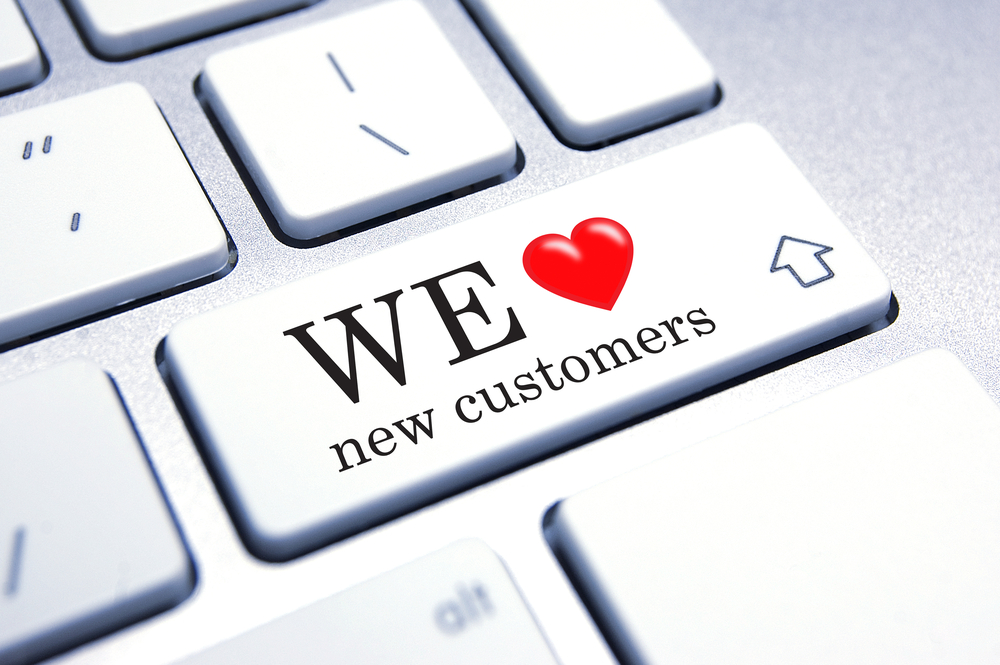
While you might be running an offline business, the strength of your digital efforts has a powerful influence over the potential success or failure of your business. According to a survey by Search Engine Land, 85% of consumers have used the Internet to search for local businesses. It’s not surprising as eMarketer estimates that US consumers spend almost 6 hours a day online of which the majority of the time is on their smartphone. Clearly, connecting with consumers online is crucial to bringing in new customers. Unfortunately, many local businesses fail to make the most of this lucrative opportunity. Here are three common mistakes.
1. Having Incorrect Information on the Web
Having a website and creating business listings is just the first step. Sadly, for many business owners it is the last step. They change locations, telephone numbers, menus, product selection, hours of operations or other vital information and never go back and refresh their listings. Consequently customers show up to a closed business or just don’t find them because their listings are not prominent in local search results.
The solution: Update your business information across the platforms that matter, especially Google+, Facebook and Yelp. Even if vital information has not changed, updating your website and listings with images and content will improve your standing with Google and should help you feature more strongly in local search results.
2. Failing to Acquire Customer Information
Businesses often fail to follow up on marketing expenditures with comprehensive analytics to determine what’s working and what’s not. They don’t know who their customer is and what their preferences are. Without finding out what’s driving your customers, it’s nearly impossible to come up with an effective marketing plan. Plus, without knowing your customer and their contact details you can’t build a long-term, profitable relationship.
The solution: Collect customer data from every interaction to build a perfect customer profile. Gather contact information, email and telephone communications, transactions, and any other details around potential and existing customers. Survey your customers to find out preferences, demographic information and how they were first introduced to your business.
3. Not Following Up With Customers
When managed properly, existing customers are a terrific source of new customers, through word of mouth referrals, Yelp reviews, Facebook likes and more. Too many short-sighted business owners forget about the customer once the sale is made, especially when it comes to large, one-time purchases.
The solution: Send personalized remarketing messages to your customers. Encourage them to fill out a short online survey about their experience, in exchange for a discount on a future purchase. Offer a reward for referrals and encourage them to review you online and like you on Facebook.
You don’t need to be a large business with a healthy advertising budget to bring in new customers. All it takes is a little extra time and effort to make sure you reach today’s increasingly connected customers.
By Jacco de Bruijn, VP of Marketing, Signpost
Jacco is a data-driven marketing executive at Signpost with over 10 years of experience using digital marketing to get and keep customers.